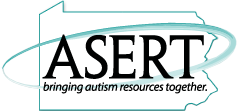
Report #7: Family Impact
A Survey of Individuals and Families Living with Autism
About the Autism Needs Assessment
The Bureau of Autism Services, in its effort to improve care and quality of life for Pennsylvanians with autism and their families, conducted the PA Autism Needs Assessment. This effort has been a key task of the ASERT (Autism Services, Education, Resources and Training) Collaborative and has been led by University of Pennsylvania School of Medicine, Center for Mental Health Policy and Services Research and the Center for Autism Research at The Children’s Hospital of Philadelphia.
Autism Spectrum Disorders (ASD), referred to as autism throughout these reports, include Autistic Disorder, PDD-NOS, Asperger’s Disorder, Childhood Disintegrative Disorder and Rett’s Disorder. With more than 3,500 responses, the survey is the largest of its type to date in the nation. The findings from this needs assessment highlight challenges that Pennsylvanians with autism, of all ages, face everyday.
This report is the seventh in a series. The recommendations in this report address family impact among Pennsylvanians living with autism.
Why Examine Family Impact?
Families living with autism face many challenges coordinating services, identifying trained service providers, paying for services, maintaining employment and finding supports for their family. Both individuals with autism and their family members need support across the lifespan. The map below shows the distribution of unmet need for family support services for families living with autism in Pennsylvania. This report examines the challenges that families face in caring for an individual with autism. The report concludes with specific recommendations outlining ways to support families living with autism.
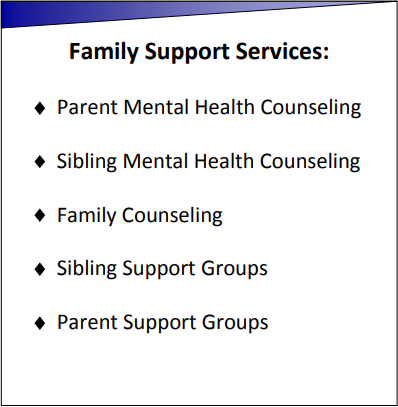
Family Impact
Unmet Need for Family Support Services
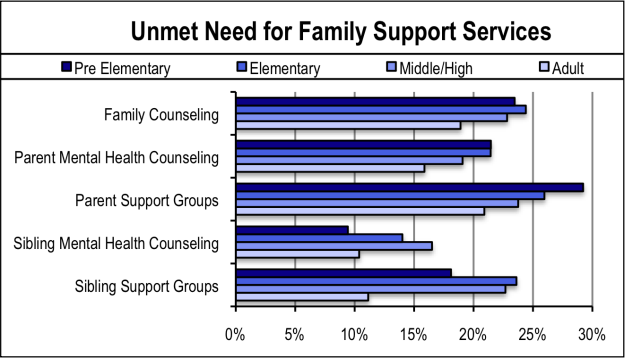
- More than 1 in 3 families report an unmet need for family support services.
- Barriers to receiving family support services include:
- Shortage of providers (35%)
- High cost or lack of insurance coverage for these services (20%)
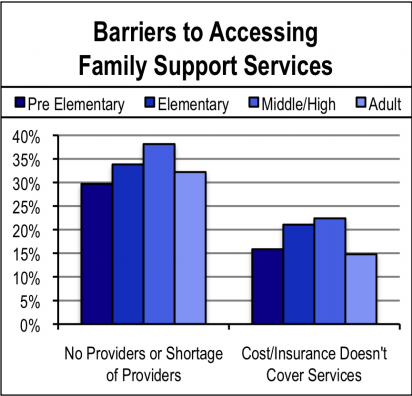
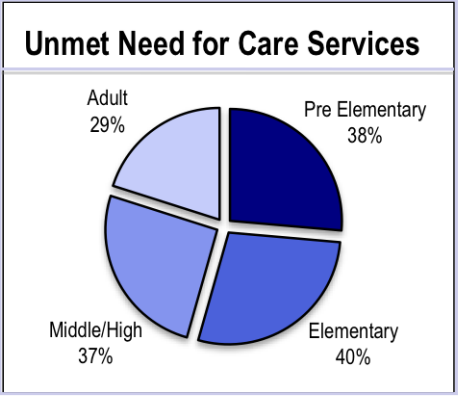
Unmet Need for Care Services
- Across all age groups, caregivers report unmet need for care services like respite, weekend and after school care.
- Lack of care services may result in a decrease in workforce participation for caregivers.
- Care services support families in caring for their family member with autism in the home and may reduce the likelihood of hospital-based care and emergency room use.
While most adults continue to live with their families, the majority of caregivers do not have long-term plans to provide for their family member with autism.
Change in Workforce Participation
- More than 70% of caregivers or their partners made some change in their workforce participation as a result of having a child with autism; almost 60% report working fewer hours or stopping work altogether.
- This decrease is consistent in families of individuals with autism across all age groups.
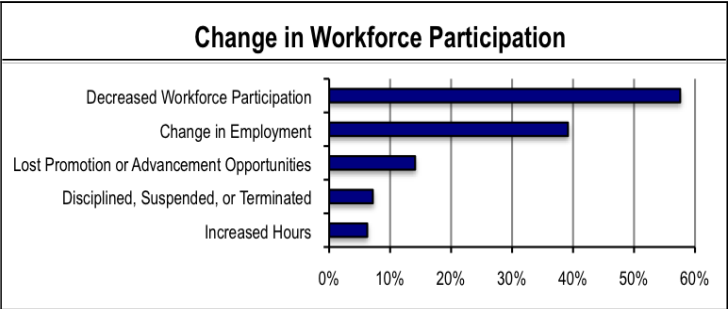
Recommendations
1. Connect families to each other by expanding the availability of support groups.
Families caring for an individual with autism can provide emotional and informational support for other families living with autism. This support can be critical when a diagnosis is first received, and at different transition points throughout the lifespan. Accessible support groups would facilitate interactions between families who have similar experiences acquiring services and providing care for their family member with autism
2. Develop resources to connect families to support services.
Resources need to be developed to address the existing barriers that make it difficult for families and individuals with autism to access support services. These resources should include information and guidance about how to locate and pay for services such as family mental health counseling.
Creating a cohesive, comprehensive database of family support service providers, both regionally and statewide, is an example of a resource that could help families learn about available services to help them meet their individual needs.
3. Increase availability and affordability of care services.
Services like respite care can enhance family well-being, help caregivers maintain employment and increase the likelihood that family members with autism will remain in their communities. Partnering with providers to develop autism-specific respite programs within existing care service systems would increase the number of available care providers. Expanding the number and type of providers eligible for reimbursement for providing care services and increasing care service reimbursement rates would further create incentives for the care services families living with autism need.
